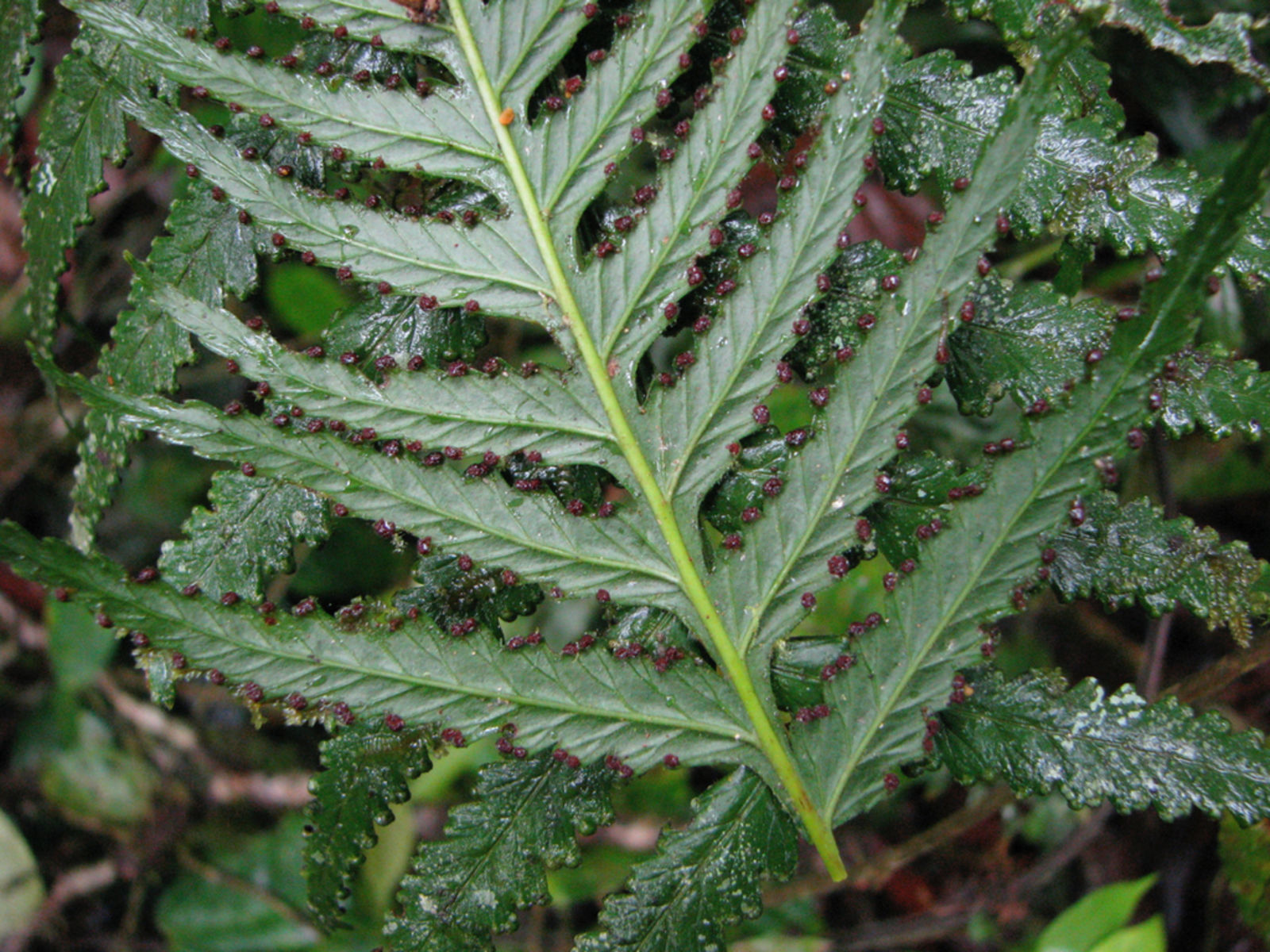Exploring the Hidden Realm of Erpodium: A Remarkable Moss
Affiliate Disclaimer: As an affiliate, we may earn a small commission when you make a purchase from any of the links on this page at no additional cost to you!

image from: https://www.earth.com/plant-encyclopedia/Bryophytes/Erpodiaceae/erpodium-domingense/en/
Introduction
In the vast and captivating world of bryophytes, the Erpodium domingense (Spreng.) Brid. moss stands out as a remarkable member of the Erpodiaceae family. Often referred to simply as Erpodium, this unassuming yet fascinating plant has captured the hearts of moss enthusiasts worldwide. Let’s delve into the intriguing realm of this diminutive wonder and unravel its secrets.

image from: https://www.researchgate.net/figure/Erpodium-domingense-with-capsules-growing-on-the-trunk-of-Phoenix-dactylifera-Miami_fig1_269582464
Background
Before we explore the specifics of Erpodium domingense, it’s essential to understand the broader context of bryophytes. These non-vascular plants, which include mosses, liverworts, and hornworts, are among the oldest land plants on Earth. They play crucial roles in various ecosystems, acting as pioneers in colonizing new environments and contributing to soil formation and moisture retention.
Main Content
Morphology and Identification

image from: https://plantasdepuertorico.blogspot.com/2017/01/musgo-erpodiaceae-erpodium-dominguense.html
Erpodium domingense is a small, acrocarpous moss that forms dense, cushion-like tufts or mats. Its stems are erect and branched, typically reaching heights of 1-3 centimeters. The leaves are ovate to lanceolate in shape, with a distinctive midrib running along their length. When dry, the leaves are tightly appressed to the stem, giving the plant a compact appearance. However, upon hydration, they spread outwards, revealing their delicate beauty.
One of the most striking features of Erpodium domingense is its vibrant green color, which can range from a deep emerald to a lighter, yellowish-green hue. This coloration is due to the presence of chloroplasts, which are responsible for photosynthesis.
Global Distribution and Habitat
Erpodium domingense is widely distributed across various regions of the world, including North and South America, Europe, Africa, Asia, and Oceania. It thrives in a variety of habitats, from moist and shaded areas to exposed rock surfaces and even urban environments.
This moss is particularly well-adapted to dry conditions, making it a common sight on rocks, walls, and soil in arid and semi-arid regions. Its ability to withstand desiccation and rapidly rehydrate when moisture becomes available is a remarkable adaptation that allows it to thrive in challenging environments.
Ecological Roles and Adaptations
Despite its small size, Erpodium domingense plays vital roles in the ecosystems it inhabits. As a pioneer species, it contributes to soil formation and stabilization, paving the way for other plants to establish themselves. Additionally, its dense mats help retain moisture and create microhabitats for various invertebrates and microorganisms.

image from: https://enciclovida.mx/especies/147014-erpodium-domingense
One of the most fascinating adaptations of Erpodium domingense is its ability to undergo desiccation and revive upon rehydration. This process, known as poikilohydry, allows the moss to survive prolonged periods of drought by entering a state of dormancy. When water becomes available, the moss rapidly rehydrates and resumes its metabolic activities, showcasing its remarkable resilience.

image from: https://vi.wikipedia.org/wiki/Erpodium_domingense
Case Studies/Examples
In urban environments, Erpodium domingense has proven to be a valuable indicator of air quality. Its sensitivity to atmospheric pollutants makes it a useful biomonitor, helping researchers assess the levels of contaminants in the air. This moss has been employed in various studies, contributing to our understanding of urban air pollution and its impacts on ecosystems.
Technical Table

image from: https://powo.science.kew.org/taxon/urn:lsid:ipni.org:names:17218680-1/general-information

image from: https://nationalzoo.si.edu/object/nmnhbotany_12354721

image from: https://www.researchgate.net/publication/269582464_Erpodium_domingense_Erpodiaceae_New_to_Florida

image from: https://www.flickr.com/photos/scottzona/6892681632/
| Characteristic | Description |
|---|---|
| Scientific Name | Erpodium domingense (Spreng.) Brid. |
| Family | Erpodiaceae |
| Growth Form | Acrocarpous moss, forming dense cushions or mats |
Leaf Shape
 image from: https://nationalzoo.si.edu/object/nmnhbotany_12354707 |
Ovate to lanceolate, with a distinct midrib |
| Color | Vibrant green, ranging from deep emerald to yellowish-green |
| Habitat | Moist and shaded areas, exposed rock surfaces, urban environments |
| Distribution | Widely distributed across North and South America, Europe, Africa, Asia, and Oceania |
| Ecological Roles | Soil formation, moisture retention, microhabitat creation |
| Adaptations | Poikilohydry (desiccation tolerance), rapid rehydration |
